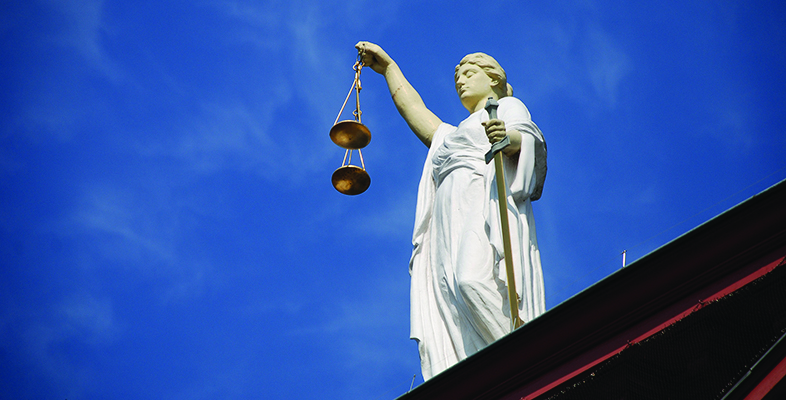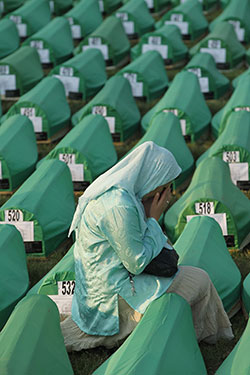2.3 Protection of civilians
The general framework of protection available to civilians is contained in Geneva Convention IV and AP I and II.
Article 27 Geneva Convention IV affords general protection to all civilians, without adverse distinction based on age, state of health, sex, race, religion or political opinion. The prohibition of discrimination is inherent to all of the Law of Geneva and therefore applies also in conflicts of a non-international character.
Common Article 3(1) of the Geneva Conventions prohibits discrimination on various grounds (see Box 5).
However, it is essential to distinguish between the prohibition of discrimination and the principle of differentiation. IHL explicitly prohibits any form of discrimination in the application of its rules to protected persons. Nevertheless, IHL simultaneously recognises the specific needs and vulnerabilities of certain groups during war and grants them further, additional, protection and rights. Therefore, under the Law of Geneva framework, persons may be entitled to both a general protection, applicable equally to all combatants, civilians and persons classified as hors de combat, as well as a special protection as a party particularly vulnerable to armed conflict and certain types of violence.
Ethnic cleansing in Srebrenica
During the war in the former Yugoslavia, in July 1995, over 8000 civilian men of Bosnian Muslim origin, were killed by the Army of Rebuplika Srpska under the command of General Ratko Mladič (see Figure 5). The massacre was part of a policy of so-called ethnic cleansing – a deliberate strategy aimed at the creation of ethnically clean areas. This intentional mass killing not only constituted a grave violation of the rules of IHL regarding the protection of civilians, but also amounted to genocide.
For the timeline of catastrophe in Srebrenica, see: Timeline: Siege of Srebrenica [Tip: hold Ctrl and click a link to open it in a new tab. (Hide tip)] (BBC, 2012).

